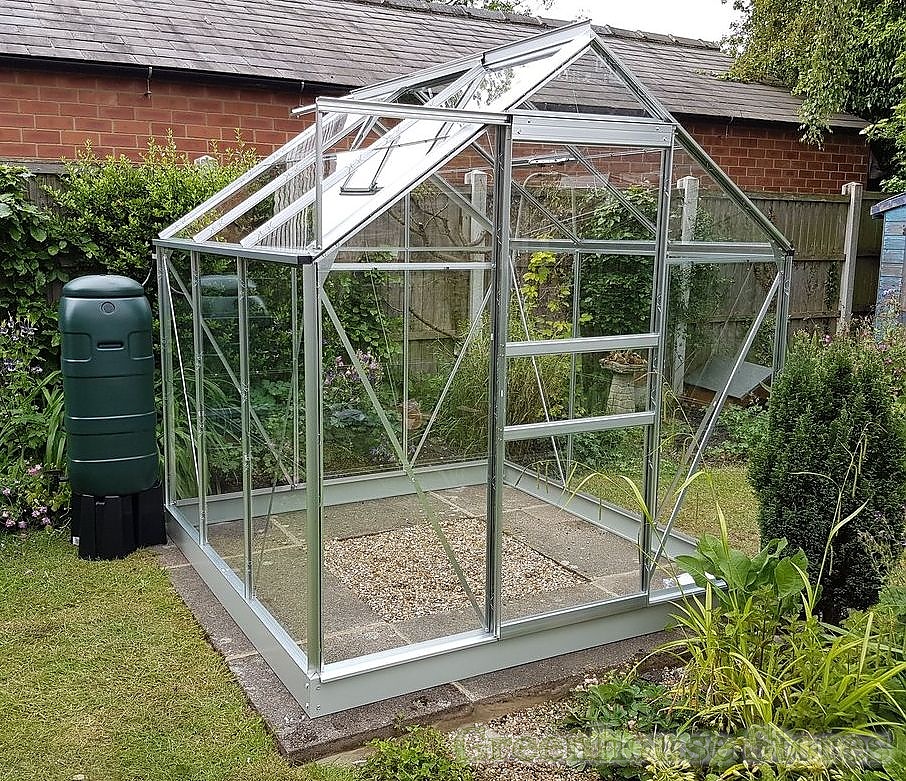Tips to Caring for Houseplants in a Small Space
2021.02.22
Indoor plants have a way of replicating nature inside homes and office spaces. They bring about greenery and a tropical feel that is hard to ignore. Other than the visual benefits, most come with health benefits such as cleaning the air, reducing stress and anxiety.
Given a chance, most people would fill their spaces with plants, but apartments and houses' current sizes are limiting. Other times, it is the children and pets that limit where to keep the plants. You may be having too little space, and you want your plants to thrive. What do you do? Below are tips on how to go about it.

● Watering
Plants need water to thrive, and your indoor plants are not any different. If your plant is the Polka dot plant, research from experts the best polka dot plant care when it comes to watering. Soaking the plants in water can lead to death through rotting, and too little water dries them up. To be on the safe side, only water the plant twice a week or once the topsoil is dry. During winter, avoid too much water since the plant is dormant. Additionally, when watering, ensure water runs through the drainage holes first before you can stop. Trap the water using a tray to avoid spillage.
● Create a Spot for the Plant
Many people living in small spaces tend to go for one huge statement plant or several small ones. Whichever way you go, get a spot for your plant.
This helps reduce accidents to household members and to the plant itself. It also enables you to remember to care for it as most people forget plants once they are out of sight. If you can, keep it away from busy spaces or away from pets and children that can ruin it.
● Lighting
Many indoor plants require a minimum of 4 hours to remain healthy. The light is essential when plants make their food and run its processes such as respiration and growth.
For those that need minimal light, placing them in a corner will be ideal. You can put them near a window for those that need more light but not directly to avoid the scorching UV rays from burning them. Poor lighting forces some plants to get leggy in search of light, and this can fill your space, making it look crowded.
● Feeding
Plants are living things and, as such, require food to stay alive. In their natural habitat, they make food from the soil. However, indoors, we need to boost their food since soil indoors does not go through the biological changes that take place outdoors. You can use fertilizer as an alternative. For granules, place them on the topsoil and let them disintegrate slowly. For liquid ones, you can apply them by adding water meant to sustain them to avoid soaking.
● Pests and Diseases
These plants are attacked by pests and diseases, just like in their natural setting. To keep them at bay, you can spray liquid soap to kill the pests and their eggs. You can also move the plant to avoid infecting the rest. You can also apply a mild pesticide.
More Articles
Copyright © Fooyoh.com All rights reserved.